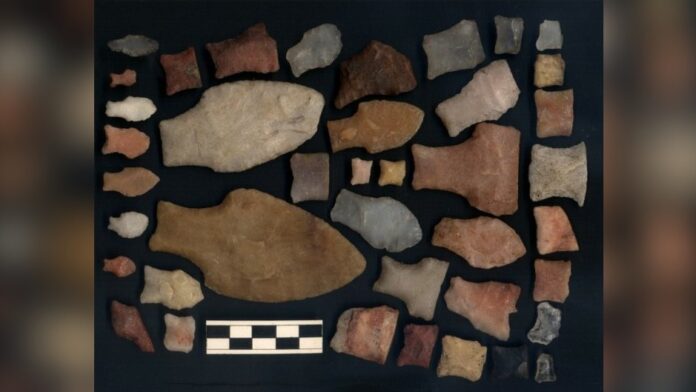A new study sheds light on a mysterious Indigenous lineage in central Argentina that thrived in relative isolation for nearly 9,000 years. Researchers analyzing ancient DNA extracted from skeletons dating back as far as 10,000 years uncovered this unique genetic thread deeply rooted in the region, defying expectations about typical population movements in South America.
While previous studies highlighted distinct Indigenous populations in the Andes, Amazon, and Patagonia, central Argentina—the geographic bridge between these areas—remained largely unexplored. The prevailing assumption was that people in this region would exhibit a blend of ancestries due to known widespread migration patterns across South America, evident through archaeological artifacts like “fishtail” stone tools found throughout the Southern Cone.
However, the genomic analysis, published in Nature on November 5th, paints a drastically different picture. This ancient DNA reveals a deeply isolated lineage—dubbed the “deep genetic lineage”—that persisted for over 8,000 years until at least A.D. 1800. The study’s co-author Rodrigo Nores, a geneticist at Argentina’s National University of Córdoba, emphasized their initial research question: “Given its location in the middle of these three populations, were people here a mix of these ancestries, or not?”
This deep lineage, remarkably stable over millennia, seems to be the dominant Indigenous American lineage in the region even today. Clues gleaned from modern Argentinian DNA bolster this claim. The study authors highlight that, despite extensive droughts, shifts from hunter-gatherer societies to agriculture, and the influx of Amazonian peoples—all factors typically driving population turnover—this group remained distinct.
Adding to the enigma is the lack of geographical barriers in central Argentina that would have naturally impeded migration and interaction with surrounding communities. Linguistically too, there’s a disconnect: myriad languages thrived in central Argentina historically, but the genetic consistency of this lineage suggests linguistic diversity didn’t mirror biological differences—meaning these individuals likely spoke diverse tongues.
While more research is needed to fully unravel the story of ancient Argentina, this groundbreaking study significantly refines our understanding of population dynamics and cultural development in this pivotal region. The genetic blueprint laid out by these findings paves the way for further archaeological investigations, enriching our comprehension of a world region of immense historical significance.







































































